No products in the cart.


Rickey turned from painting to creating kinetic sculpture. Rickey combined his love of engineering and mechanics by designing sculptures whose metal parts moved in response to the slightest air currents.
His first sculpture was shown in New York in 1951 at the Metropolitan Museum of Art group show American Sculpture 1951. The Museum of Modern Art, in New York purchased his seminal Two Lines Temporal I, after Alfred Barr, MOMA’s then Director, had seen it at the exhibition Documenta III in Kassel, Germany.
Rickey’s sculptures can now be seen in major museums in the US and in most European capitals, Japan, and New Zealand. Rickey’s work is often compared to the mobiles of Alexander Calder, but while Calder used organic, playful forms, Rickey’s European lineage is more closely related to the Constructivist principles of geometric engineering. In 1967, Rickey wrote Constructivism – origins and evolution, published by George Braziller, Inc., New York.
Showing the single result
| Cookie | Duration | Description |
|---|---|---|
| cookielawinfo-checbox-analytics | 11 months | This cookie is set by GDPR Cookie Consent plugin. The cookie is used to store the user consent for the cookies in the category "Analytics". |
| cookielawinfo-checbox-functional | 11 months | The cookie is set by GDPR cookie consent to record the user consent for the cookies in the category "Functional". |
| cookielawinfo-checbox-others | 11 months | This cookie is set by GDPR Cookie Consent plugin. The cookie is used to store the user consent for the cookies in the category "Other. |
| cookielawinfo-checkbox-necessary | 11 months | This cookie is set by GDPR Cookie Consent plugin. The cookies is used to store the user consent for the cookies in the category "Necessary". |
| cookielawinfo-checkbox-performance | 11 months | This cookie is set by GDPR Cookie Consent plugin. The cookie is used to store the user consent for the cookies in the category "Performance". |
| viewed_cookie_policy | 11 months | The cookie is set by the GDPR Cookie Consent plugin and is used to store whether or not user has consented to the use of cookies. It does not store any personal data. |

